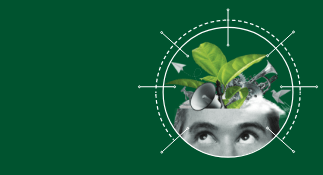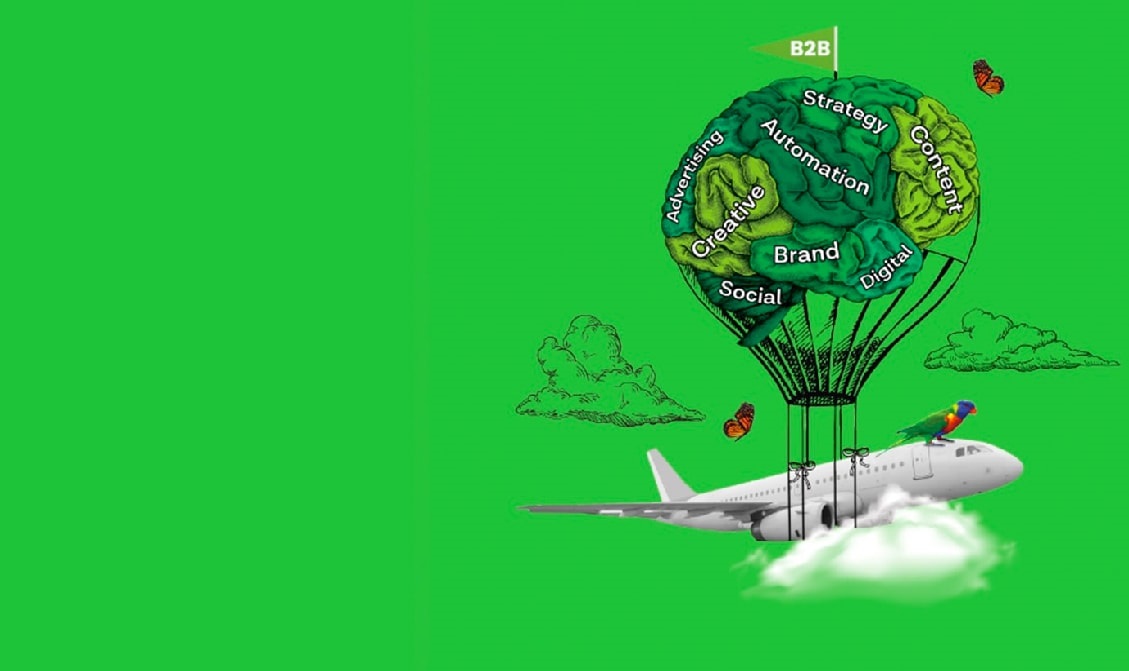Giving is good business. And micro-lending is the ultimate B2B support.
I first heard of Kiva in 2008, when a friend gave me a US$50 voucher – enough to make two US$25 loans to entrepreneurs in the developing world. The concept intrigued me – instead of giving to charity or buying someone a chicken, you’re lending to those who probably don’t even have a bank account, let alone access to an overdraft.
Over time, I was repeatedly lending to different individuals, because as funds are repaid, you can reuse them to make new loans… so I soon saw that I’d need to add more money to my account if I was going to make a real difference.
I’d become a Kiva addict!
The perfect opportunity to feed my addiction came in November 2012. We Greenies were wondering what to give as Christmas gifts for our clients and I suggested Kiva vouchers. Suddenly I had lots more funds to loan, and our clients were thrilled! Many of them steered our choice of loans on their behalf in terms of geography and business type.
One client, a global tech giant, even decided to buy a Kiva voucher for each of their email opt-ins who updated their data. The offer was highly successful, resulting in a significant investment by the company in return, a tremendous amount of goodwill – and a cleaner database!
5 things we’ve learned about micro-finance
- There’s power in numbers. Around 1.6 million people have made loans to individuals and groups in 82 countries over the past decade. Loans we make are often duplicated by philanthropists – and it’s amazing how many there are out there.
- Women are a smart investment. We always invest in women. They’re usually the ones most committed and capable of pulling their families out of poverty, and the data backs this up. (Sadly, my only experience of loan fraud was by a man.)
- Defaults are rare; Kiva’s current loan repayment rate is 97.1%. Occasionally payments are delayed – for example, some Mongolian loans we made a couple of years ago are subject to currency devaluation.
- It really works! I visited a local lending agency in Samoa in 2012 and was privileged to join field staff on visits to three different villages and groups of women. Over three sets of refreshments, all the women I spoke with were aware of Kiva’s role in making funds available for their agency to lend them and so appreciative of the efforts of overseas lenders who made their loans possible. One leader explained how her group worked closely to vet potential new members and monitor their teams as if anyone defaulted, they felt obliged to cover the remaining loan. Essentially, the village itself was working together for its own betterment.
- The human spirit is irrepressible. Whether loan recipients are buying materials to maintain traditional crafts, setting up a solar phone-charging base for their community, grouping to build a clean village latrine – or simply raising livestock as a sideline to supplement the family income – there’s so much energy and determination out there. We can all learn from it.
.png)
 Strategy
Strategy





